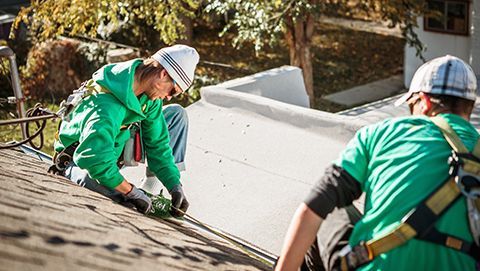Roof Flashing 101: What It Is, Why It Matters, and How to Maintain It
When it comes to protecting your home from water damage, roof flashing plays a vital but often overlooked role. This thin metal barrier is placed at vulnerable points of the roof—such as chimneys, skylights, valleys, and edges—to direct water away and prevent leaks.
What Is Roof Flashing?
Roof flashing is typically made of aluminum, galvanized steel, or copper and is installed where water is likely to enter. Common areas include:
- Chimneys & Skylights – Seals gaps around vertical structures
- Roof Valleys – Guides rainwater off the roof
- Edges & Eaves – Prevents wind-driven rain from entering
Why Roof Flashing Matters
- Prevents Leaks: Directs water away from seams and joints
- Protects Structure: Avoids rot, mold, and internal damage
- Extends Roof Life: Reduces premature wear on roofing materials
- Cost-Effective: Prevents expensive repairs from undetected water damage
Common Types of Roof Flashing
- Step Flashing: Used where roof meets walls or dormers
- Counter Flashing: Often installed on chimneys, overlaps base flashing
- Valley Flashing: Installed in roof valleys to manage runoff
- Drip Edge: Guides water into gutters, protecting roof edges
Signs Flashing Needs Repair
- Rust or corrosion
- Cracks, gaps, or separation
- Water stains on ceilings or walls
- Loose or missing flashing after storms
Maintenance Tips
- Annual Professional Inspections
- Keep Gutters Clean
- Clear Roof Debris Regularly
- Address Damage Promptly

Why Hire a Professional Roofer
DIY repairs may seem simple, but professionals offer:
- Accurate issue detection
- Use of durable materials
- Full-system inspections for long-term protection
Conclusion
Roof flashing is a small component that delivers big protection. Routine inspections and timely maintenance can save you from costly water damage and extend your roof’s lifespan.
Need help with roof flashing near Fort Valley, GA?
Call Platinum Roofing today for expert inspection, repair, or replacement.

